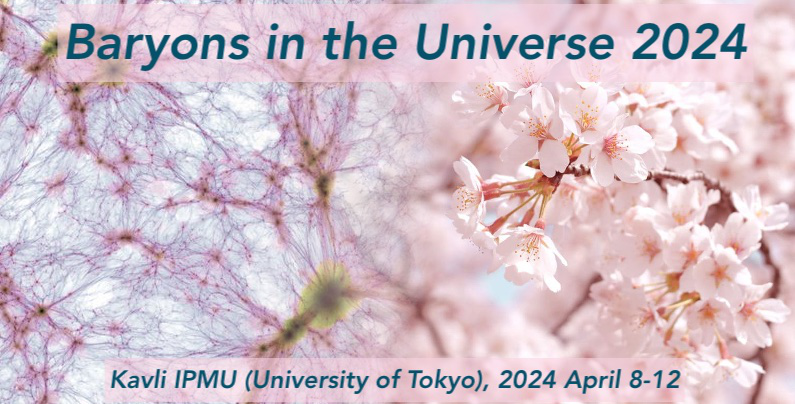Speaker
Description
Low-mass galaxy groups are the most common environments for galaxies in the Universe, and they provide a crucial link between cosmology and galaxy evolution. However, their hot gas and baryon content are poorly constrained by current X-ray observations due to their low surface brightness. In this talk, I will demonstrate the efficiency of spectral stacking as a method to overcome these limitations for galaxy groups coming from the major spectroscopic surveys, such as the SDSS, GAMA and DESI, and then observed by eROSITA All Sky Survey. I will focus on the temperature, density, and entropy profiles within mass ranges from 1e13 to 1e14 solar masses, where estimations from individual data are challenging. The stacking results from eRASS1 will be compared with predictions from mock observations based on hydro-dynamical simulations like Magneticum and IllustrisTNG. This approach not only extends the study of gas properties in clusters to scales comparable to our own Local Group, but also expands and validates existing X-ray scaling relations on the low-mass end. Furthermore, it traces the influence of AGN feedback on baryon distribution in groups, providing insights into their internal dynamics.

